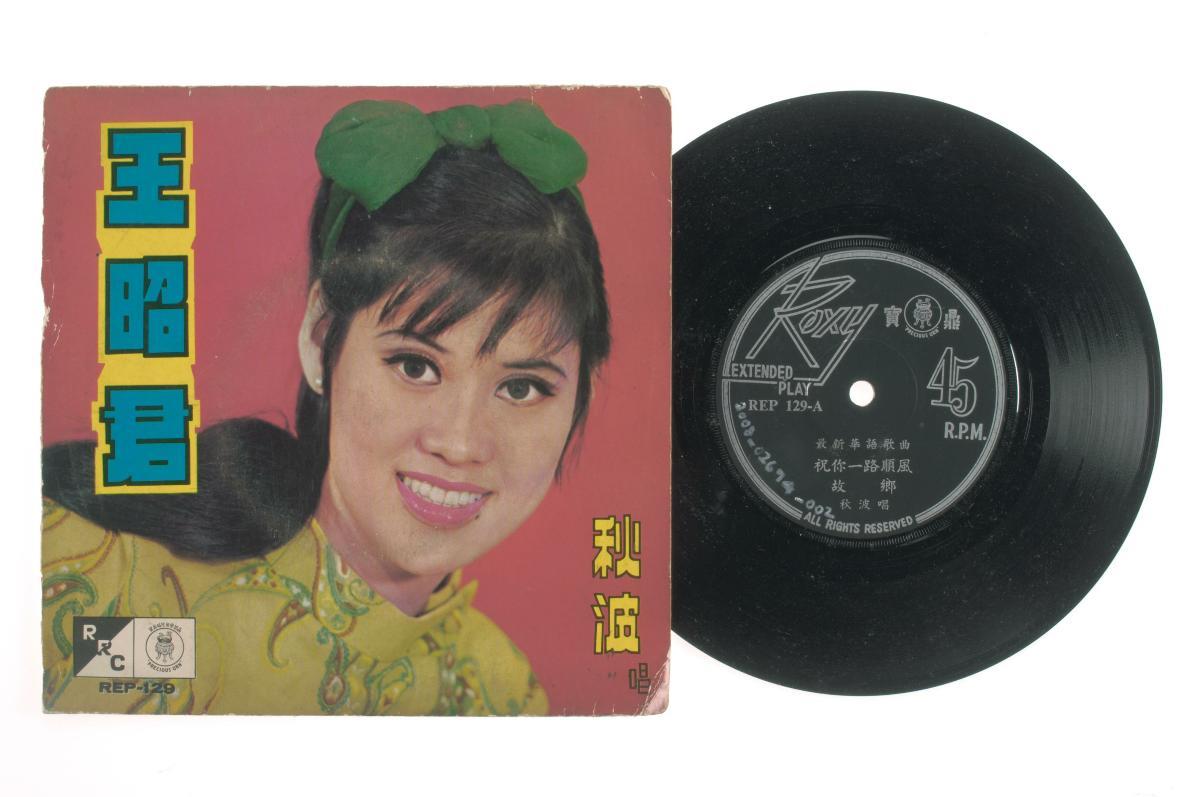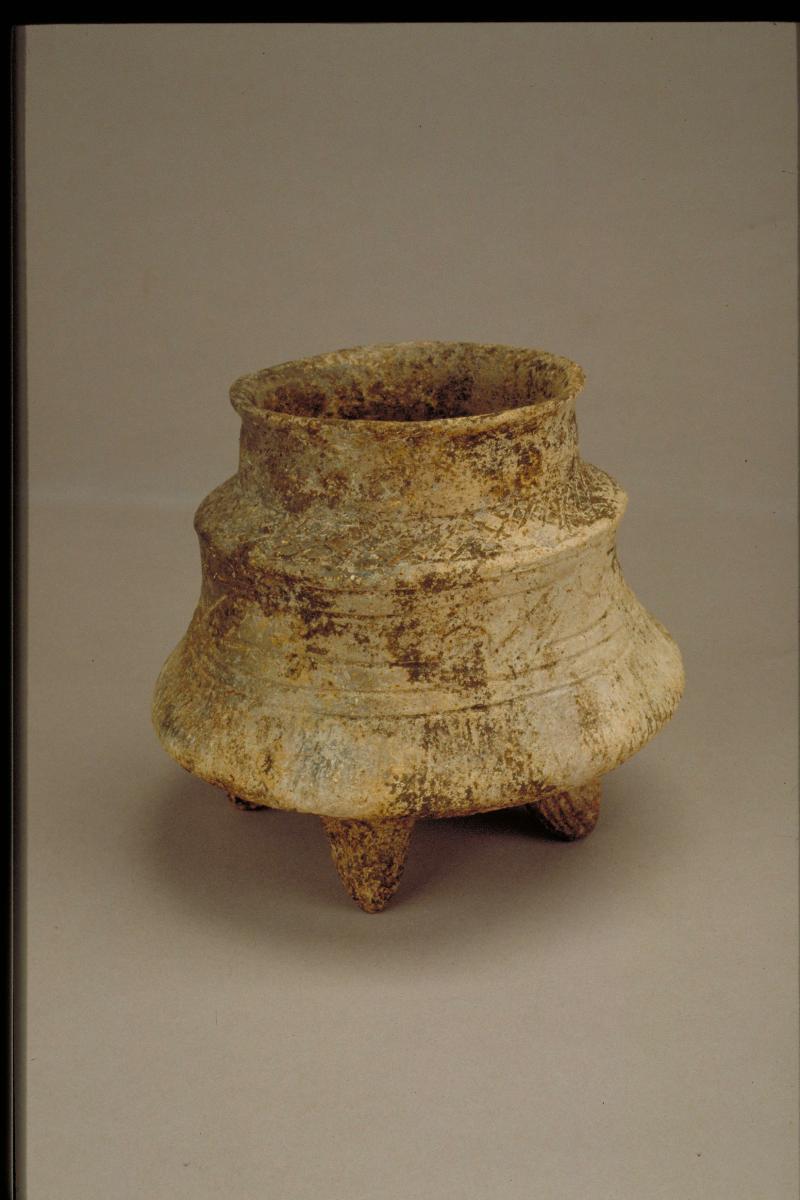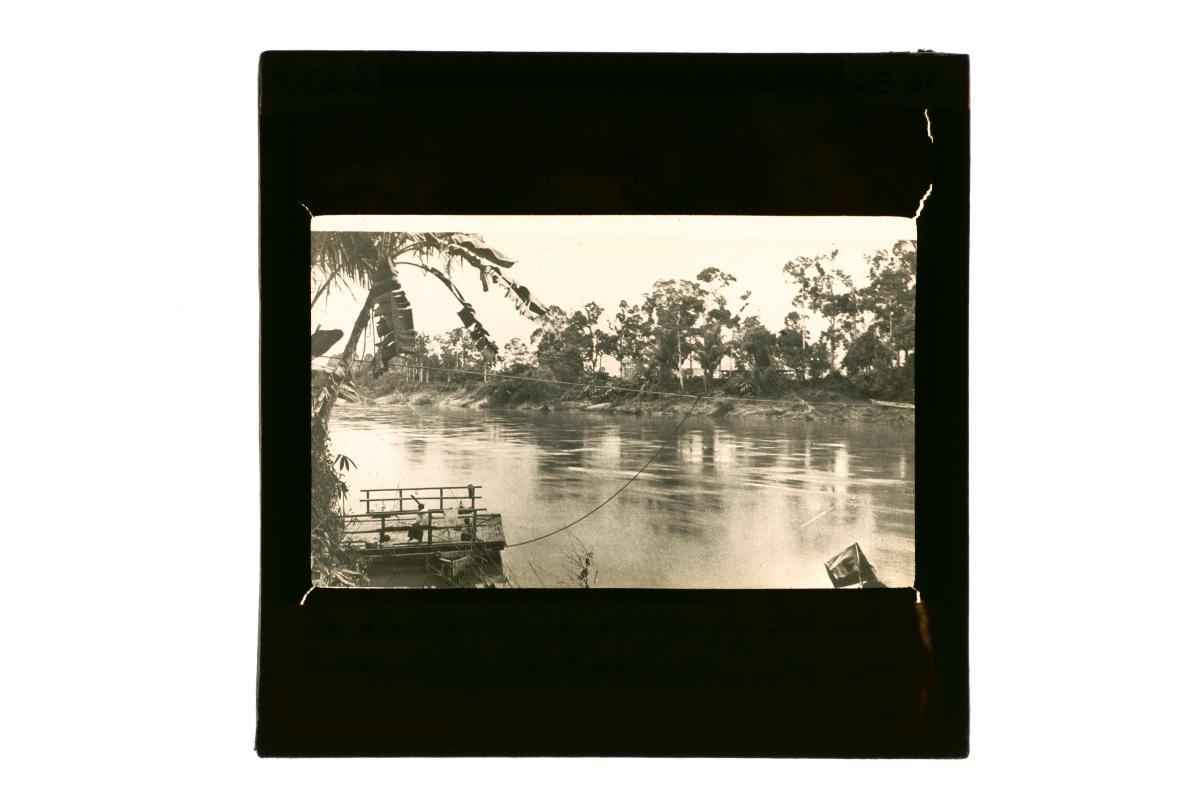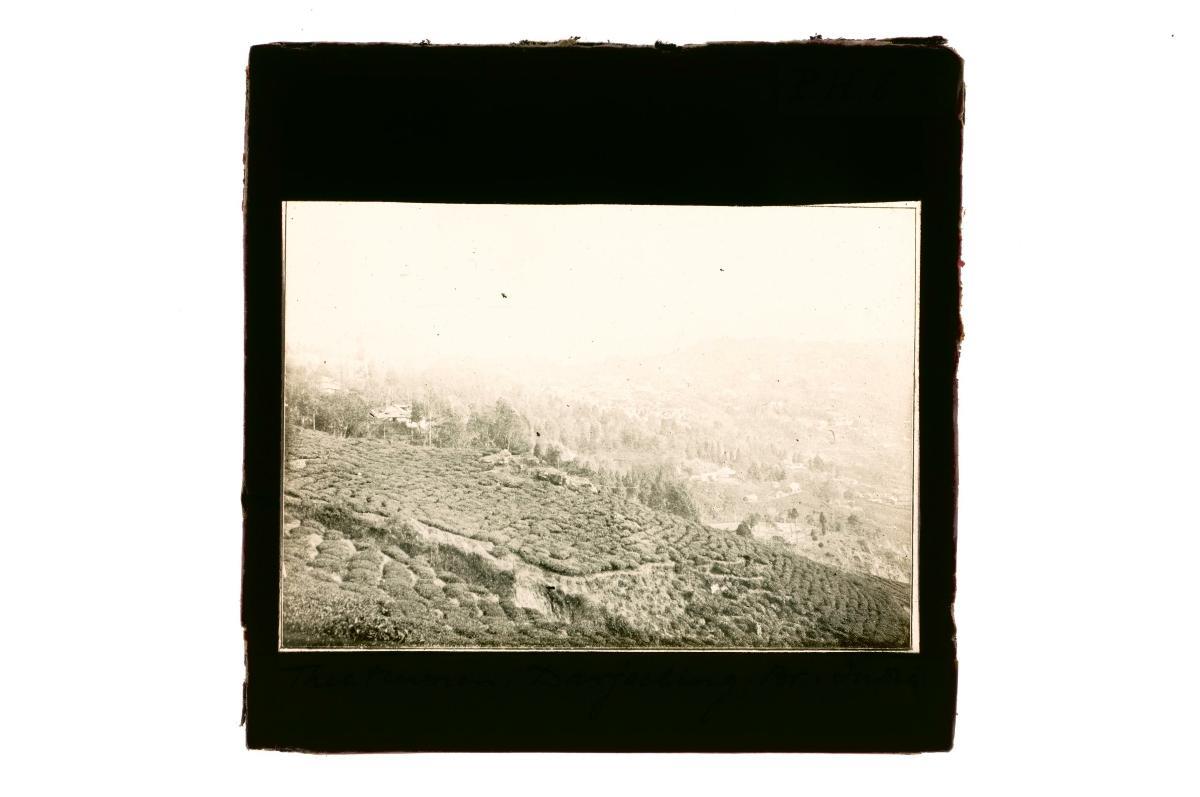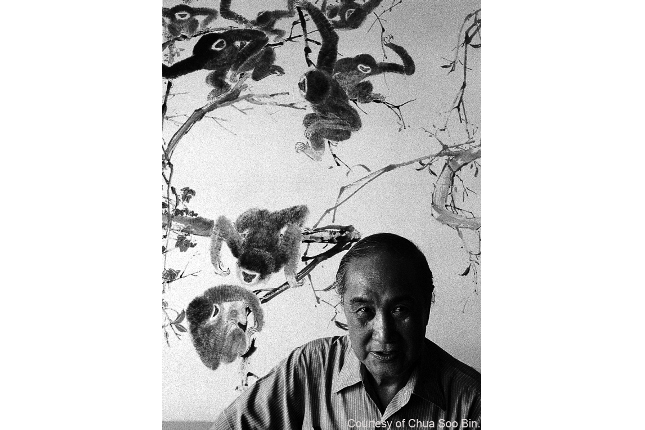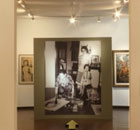This brightly glazed pottery figure represents a civil official, which is part of a large retinue of tomb figures. Dressed in a long robe with flowing sleeves, he stands solemnly upright with hands clasped together, which would have held wooden tablets, but these are now missing.The practice of using lead-glazed burial wares started during the Han dynasty (206 BCE-220 CE). This glaze technology further developed during the Tang dynasty (618-906) to include ‘sancai’ (‘three-colour’) glaze. It included colours such as cream, amber, brown and blue. The glaze tradition continued into the Ming period. The custom of making ‘mingqi’ or burial wares was an ancient practice. It was believed that these were necessary for the deceased in the next world. Large groups of burial wares were a display of wealth and social status.





